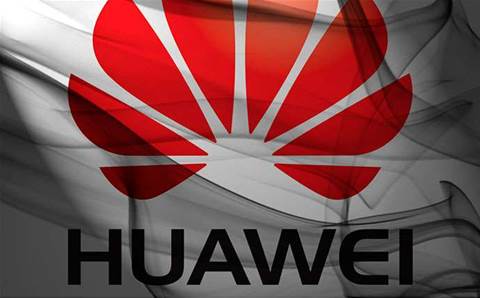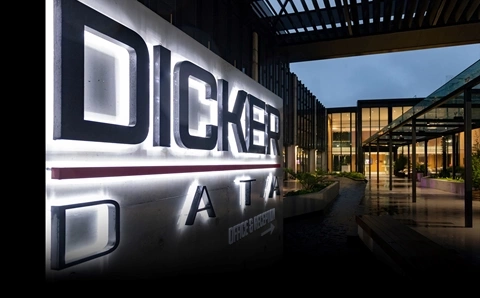Huawei Australia director John Brumby has told the company’s Australian and New Zealand Partner Convention that allowing it to provide 5G infrastructure to local carriers will be good for partners and good for the nation.
Brumby opened the event by recounting Huawei’s extraordinary growth from zero to almost US$100 billion annual revenue in 20 years and pointed out that the ~$700 million of revenue the company earns in Australia sees plenty of cash trickle down into the channel.
He told the assembled partners that “We know that you are part of that story, it is not just our 700 staff in Australia that helps make that happen but your businesses, your staff are very much part of the Huawei story in Australia.”
“We appreciate that and understand that you all have a stake in making sure we can continue to deliver to Australians the world leading technology as we have been doing for close to 15 years here.”
He also referred to Huawei’s troubles that saw it excluded from providing products to the National Broadband Network and federal cabinet is currently considering whether it should be permitted to supply local telcos with 5G infrastructure. Brumby therefore offered “to share our knowledge, ideas and practices in this area and work with the Government to independently evaluate any Huawei products, if necessary.”
He went on to say that Huawei plans to “increase local investment based on our global capability roadmap, grow the industry ecosystem, and work more closely with local research institutions, universities, and our partners to establish a system of value creation and sharing across the entire value chain.”
But the thrust of Brumby’s talk was that if Huawei is excluded from 5G in Australia, partners will suffer. And because partners are small businesses, so will Australia.
Later in the day, Huawei’s program director for delivery and service Dan Birmingham outlined the company’s plans for its channel.
“We have this vision of a real-time automated digitisation of fieldwork,” he said, explaining that Huawei continues to evolve the “E.CO.OP” tool it uses to help partners manage their relationship. Before that tool’s introduction, Birmingham said it was not uncommon for partners who delivery telecoms equipment to make three or four visits to a site to install and certify a site.
“You’d chew up the margin in the three revisits,” Birmingham said. “We want to change that. We are helping you guys to get it right with digitised field documentation and now AI realtime labeling in photos” so that equipment on a site is identified automatically. Huawei has also developed a means of identifying installation faults and advising partners’ personnel of their errors in realt-time to help them fix those faults.
The company has also engaged with councils and other owners of “urban infrastructure” in order to help smooth the process of installing mobile base stations around Australia. Doing so makes it easier for partners to build such infrastructure.
It’s also an important piece of groundwork for 5G, which will require more base stations in more places, and therefore more power and more backhaul.
Birmingham said installing micro-cells for 5G is very different to the work Huawei partners currently perform on larger cells and that they’ll therefore need to refine their skills as rollouts of the new standard commence.
With our without Huawei equipment in place.






_(11).jpg&h=142&w=230&c=1&s=1)



.jpg&w=100&c=1&s=0)
_(8).jpg&w=100&c=1&s=0)







.jpg&q=95&h=298&w=480&c=1&s=1)





